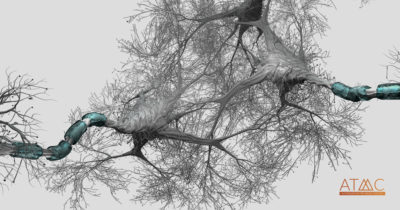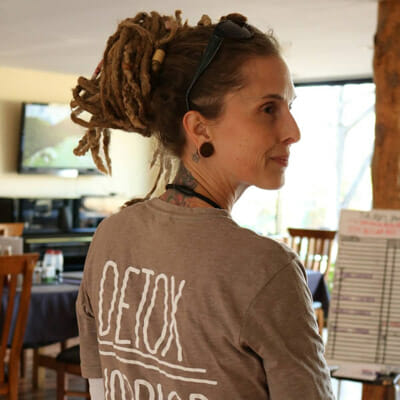Direct Tapering
This method involves a tapering or titration directly off of the medication that the person is currently taking. This method can be highly successful, especially when supported by natural alternatives. There is a technique here to understand, and that is the conundrum of interdosing withdrawal. A short half-life drug, like Ativan© or Effexor©, may begin to substantially clear the body in less than 24 hours. So if a person is taking the medication only one time per day, as they reduce the medication, they may experience withdrawal within 24 hours as the drug is metabolized. This alone can create a very roller-coaster-like effect of harsh withdrawal symptoms. It is generally better to spread the dosing times out so that this interdosing phenomenon is lessened. Spreading out the dosing can achieve a similar effect to using a longer half-life drug.
Direct tapering is favored in many cases at Alternative to Meds Center, as the medication being used is one that the participant is familiar with. Direct tapering eliminates the possibility of medication substitution reactions. ATMC will also use substitution tapering or medication crossover when the individual situation warrants it.
Interdosing Withdrawal
Many tapering efforts are complicated by interdosing withdrawal, a rather common phenomenon.
Short half-life drugs (those that are substantially metabolized in less than 24 hours) can initiate this interdosing withdrawal symptomatology. The rationale is this, if someone takes a sleep or anti-anxiety medication like Klonopin at night, by the time they take it again the next night, they may already be experiencing withdrawal. This becomes even more pronounced when a person tries to taper because the medication reduction can amplify the interdosing withdrawal side effects. Spreading the dosing out may in some cases be all that is necessary to alleviate this phenomenon. Eliminating interdosing withdrawal potentials typically makes direct tapering more viable.
Tapering Off Opioids
Tapering off of opioids allows for other modalities we offer, such as the neurotransmitter repair protocols, to take effect. This can allow for a much smoother transition to being no longer dependent on opiates, as well as assist the body in producing its own natural endorphins and enkephalins necessary for pain relief. At times, the individual may be crossed over to a medication like Suboxone temporarily. Suboxone has a longer half-life and is generally considered easier to taper from than shorter-acting opiates like Oxycodone or heroin. We support a person’s long-term goal of being off opiates and opioids, including Suboxone, and in the majority of cases, will then gradually remove the Suboxone to further promote the building up of natural endorphins.
Bridge Medications
While every medication can have its liabilities and potential consequences, some are considered to be less consequential overall than others. For instance, gabapentin or Trileptal may be less prone to addiction and side effects than benzodiazepines. Suboxone may be favorable over full opiates or heroin. Depakote may have fewer side effects than antipsychotics. These bridge medications are generally from a different medication class and are used in an overall effort to facilitate medication withdrawal. At Alternative to Meds Center, if bridge medications are used, they are generally used for short-term to ease withdrawal. At times, there could be highly symptomatic persons who may choose to remain on a well-tolerated bridge medication while they further investigate the underlying causes of the symptoms that they have been experiencing.
Alternative to Meds Center’s stance is much more nuanced than either medications or no medications.
We typically hear from people who tell us that they cannot live with the medication side effects, and also cannot live without the meds. And we understand that for many, it can seem that these are the only two options. But for us, there is a third option: being on less or no medications without the debilitating symptoms. There are a variety of reasons a person may be on medications that have been overlooked. The most commonly overlooked contributors are medical aspects, neurotoxicity, as well as genetic, dietary, and psychosocial factors. By systematically addressing these areas, we can facilitate individual goals for those seeking medication withdrawal and relief from symptoms much more sustainably than medication tapering alone. We encourage you to call us for any further questions that you may have.









